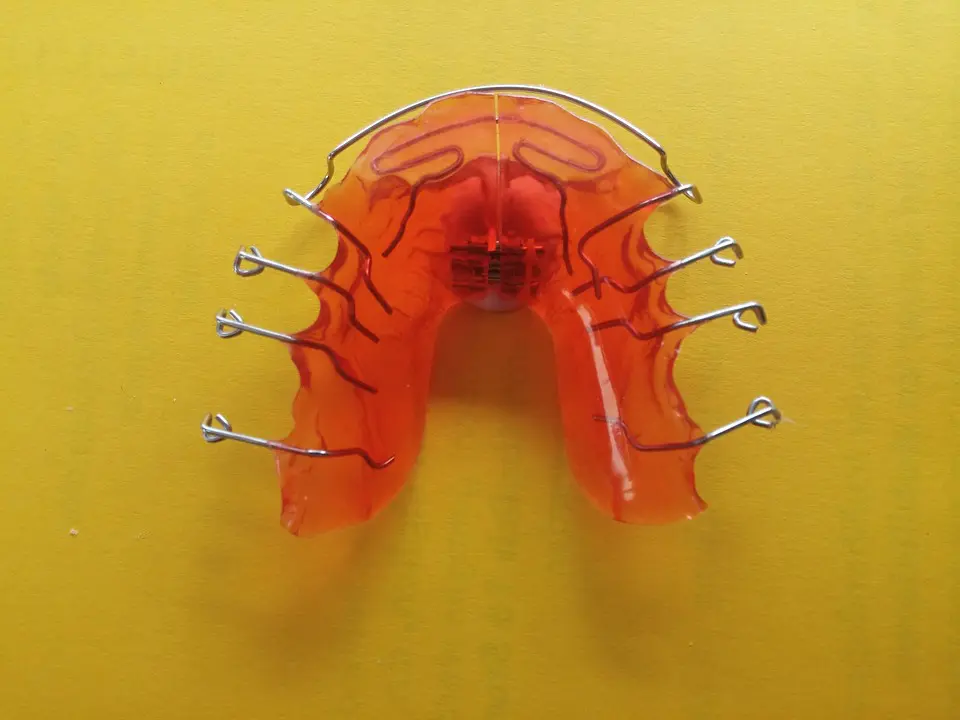Braces, together with retainers, can help with crooked teeth or a misaligned bite. Many general dentists can perform basic teeth straightening procedures, but orthodontists have special expertise in alignment and bite correction.

(Pixabay / guentherbraun0)
If you think you need braces, you can start with a visit to a general dentist or an orthodontist. They will conduct a clinical exam, get impressions of your teeth, and take photographs and X-rays. Based on this analysis, your provider can then recommend an appropriate treatment plan. Braces are not the sole option for correcting teeth irregularities. At times, clear aligners or a removable retainer will do the job. Severe cases may require surgery.
If braces are the recommended treatment, your dentist or orthodontist will decide on the kind of hardware that will suit your specific needs. You may require a palatal expander, bands, or certain special wires.
Braces apply continuous pressure to slowly move teeth in the target direction. The pressure needs to be added gradually. The bone will respond by slowly changing shape as the teeth move due to the pressure.
Braces consist of the following components:
- Brackets – These small squares bonded to the front of each tooth are attached to the orthodontic bands. Brackets handle the arch wires that move the teeth. Brackets could be made of stainless steel, colored plastic, or ceramic.
- Orthodontic bands – These are made of stainless steel, either clear or tooth-colored, and cemented to the teeth using dental bonding agents. The orthodontic bands are wrapped around each tooth to serve as anchors for the brackets.
- Spacers – These are separators placed between teeth to create spaces before installing orthodontic bands.
- Arch wires – Attached to the brackets, these wires serve as tracks guiding the movement of the teeth.
- Buccal tube – Located on the band of the last tooth, this tube holds the arch wire’s end securely in place.
- Ligatures – These tiny rubber bands hold the arch wires to the brackets.
- Headgear tubes – Contained in the two bands of the back upper teeth, these tubes hold the facebow in place.
- Elastic rubber bands – These bands come in a host of colors. They attach to hooks on the brackets and stretch between the upper and lower teeth.
- Facebow headgear – This wire gadget is used in moving the upper molars to correct bite discrepancies and create room for crowded teeth.
The length of time braces are to be worn varies, depending on the severity of the problem, the distance teeth have to move, availability of room for movement, and overall health of the teeth and gums. People usually have to wear braces for one year to three years. After braces are removed, most patients need to wear retainers for the next six months, though many people choose to wear them for life to keep their teeth aligned.
